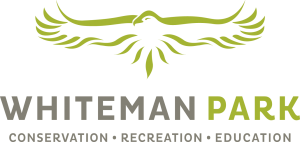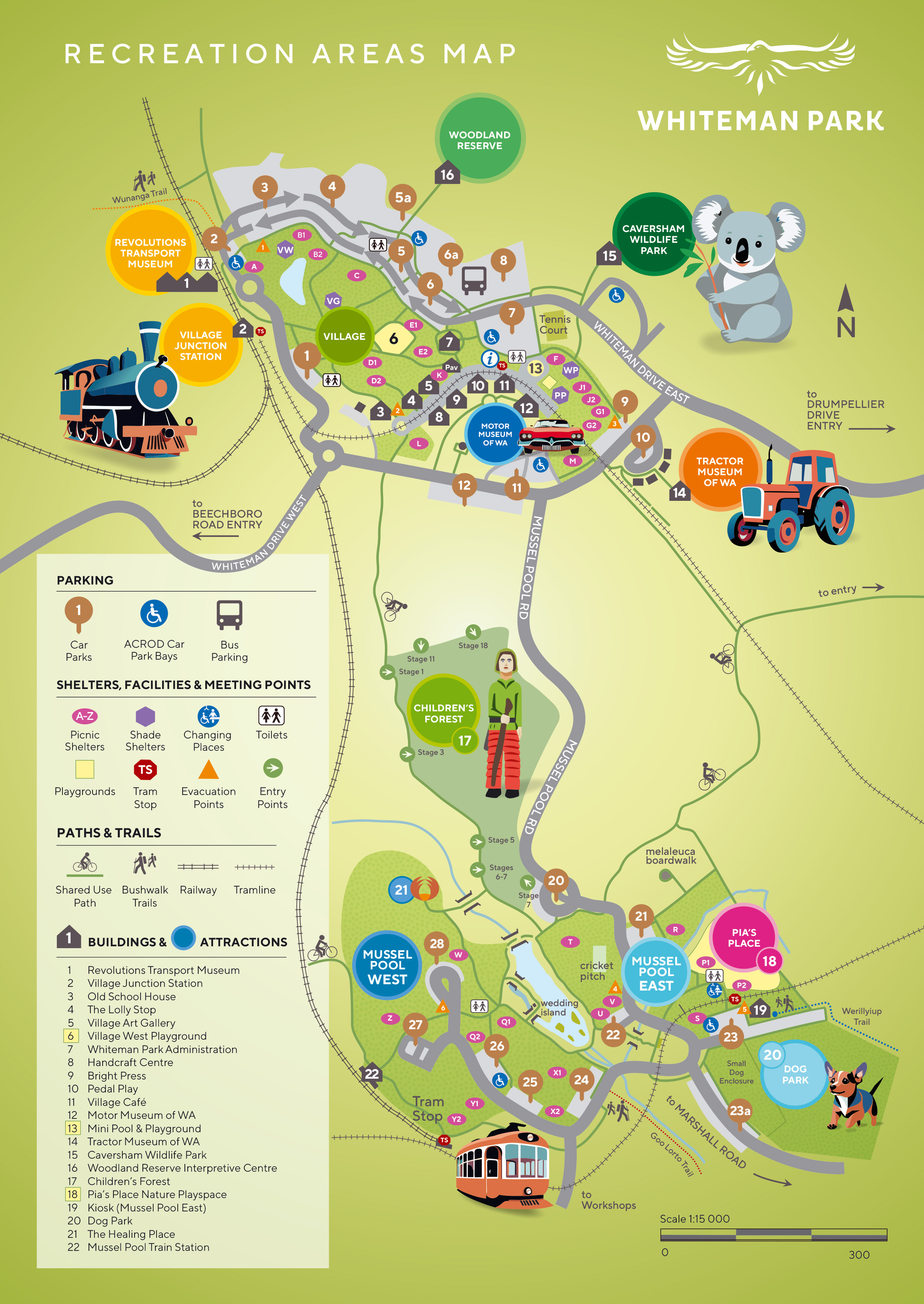September is Biodiversity Month in Australia.
It’s a time to celebrate our unique wildlife and ecosystems by connecting with nature and caring for the amazing variety of species found here.
The biodiversity of an area doesn’t just benefit the native species that live there – it's vital for human health and wellbeing too.
So, what is ‘biodiversity’?
Biodiversity encompasses every living thing on the planet and the environment in which they live.
Importantly, it also refers to the range of species in an area – the plants, animals, insects and micro-organisms – and the more kinds of species there are, the more ‘biodiversity’ exists in the environment.
Australia is considered a ‘mega-diverse’ country, with so much of our flora and fauna found nowhere else in the world.
Above: Moodjar (Nuytsia floribunda) are an iconic species only found in Western Australia and are prolific in the Park.
Part of something big
Whiteman Park sits within the South West Australia Ecoregion – one of 36 Global Biodiversity Hotspots.
Here at the Park, we manage over 2,000 hectares of Swan Coastal Plain bushland classified as ‘Bush Forever’, which is home to an amazing array of native plants and animals, that includes:
- three native fish species and the Vulnerable Carter's mussel
- nine amphibian species
- 16 mammal species, including one Critically Endangered, one Endangered and four Priority species
- 38 reptile species, two of which are classed as Near Threatened
- 122 bird species, including one Critically Endangered, three Endangered, one Vulnerable and one Priority species
- over 400 plant species, including four Priority species
- over 40 fungi species.
We work hard to keep this local biodiversity hotspot healthy.
Above: Bulgalla / firewood banksia (Banksia menziesii) in Whiteman Park. Banksia woodlands are a Threatened Ecological Community on the Swan Coastal Plain.
Endangered communities
While the southwest of WA is a Global Biodiversity Hotspot, full of unique flora and fauna, many of these species and ecosystems are in peril.
The entire Park is classified as an Environmentally Sensitive Area due to the presence of the three Bush Forever Sites, Swan Coastal Plain wetlands, Threatened Ecological Communities and more.
The banksia woodlands are a nationally listed Threatened Ecological Community, one which we work to restore through revegetation, weed management and the reintroduction and conservation of important fauna species. They are all pieces of the puzzle that work together to revive our regional biodiversity and the health of our local ecosystems.
Above: Looking south-west over Bennett Brook, a system of Swan Coastal Plain wetlands
Restoring biodiverse ecosystems
We are working hard to restore areas of the Park affected by past land uses and clearing. From planting thousands of native seedlings and trees each year in our banksia woodlands, to focussing on providing future black cockatoo feeding habitat and working to revive our wetland areas, the team manages the Park’s bushland for all species, large and small.
While it is an ongoing process, we do this by improving the floral (plant) diversity, planting native species in the Park’s bushland that can tolerate the effects of climate change, and returning critical fauna (animal) species to the area, who play important roles in the Park’s ecosystem.
It’s what our environmental team is working on every day – all while maintaining spaces for people to enjoy and connect with nature.
Saving our species
Sadly, Australia is leading the world in mammal extinctions, as they suffer the combined impacts of habitat loss, predation and resource competition from introduced species… and now climate change to top it all off.
One such 'at risk' species is the woylie, or brush-tail bettong. With less than 3,000 animals estimated to be left in the wild, these Critically Endangered marsupials are surviving – and thankfully thriving – in protected sanctuaries around our state, like our own Woodland Reserve.
The team have also been busily building, buying and installing nest boxes, or artificial hollows, of various sizes, to help support the many hollow-dependant species that reside in the Park. The take-up is often very quick, meaning the work is critical to the many birds, mammals and reptiles who are using them.
Above: from construction, to installation to adoption, the different sized nest boxes being installed in the Park are a welcome and needed addition.
How are we celebrating Biodiversity Month?
In recent weeks, three new species have been added to our records: two orchids and a new duck, the musk duck. These additions are exciting finds, even if they are just that – finds. The species may have been in the Park this whole time or visited the area in the past in the case of the musk duck. Nonetheless, it is always a joy to discover just how many species are found in the protection afforded by the large expanse of the Park’s bush.
The team has also been making the most of spring’s abundance of fauna activity to add to our photo library, so we can share more of the lesser known or seen reptiles, insects and birds with you all!

Above: A new addition to the Park's flora species list is the tiny sugar orchid (Eriksonella saccharata)
What can you do?
It isn't just up to land managers and conservationists to protect our native species for the future. You, at home, can help these threatened species yourself with just a few, easy actions.
Above: native plantings feature in many of our team's front and backyards as we do our bit to improve urban biodiversity.
Above: Some frog ponds and water bowls that feature in our team's backyards.
Why not take some time out of explore the wonders of our natural areas and see how many different plants, animals and insects you can see, and get a sense of the Park’s rich variety of life for yourself.



